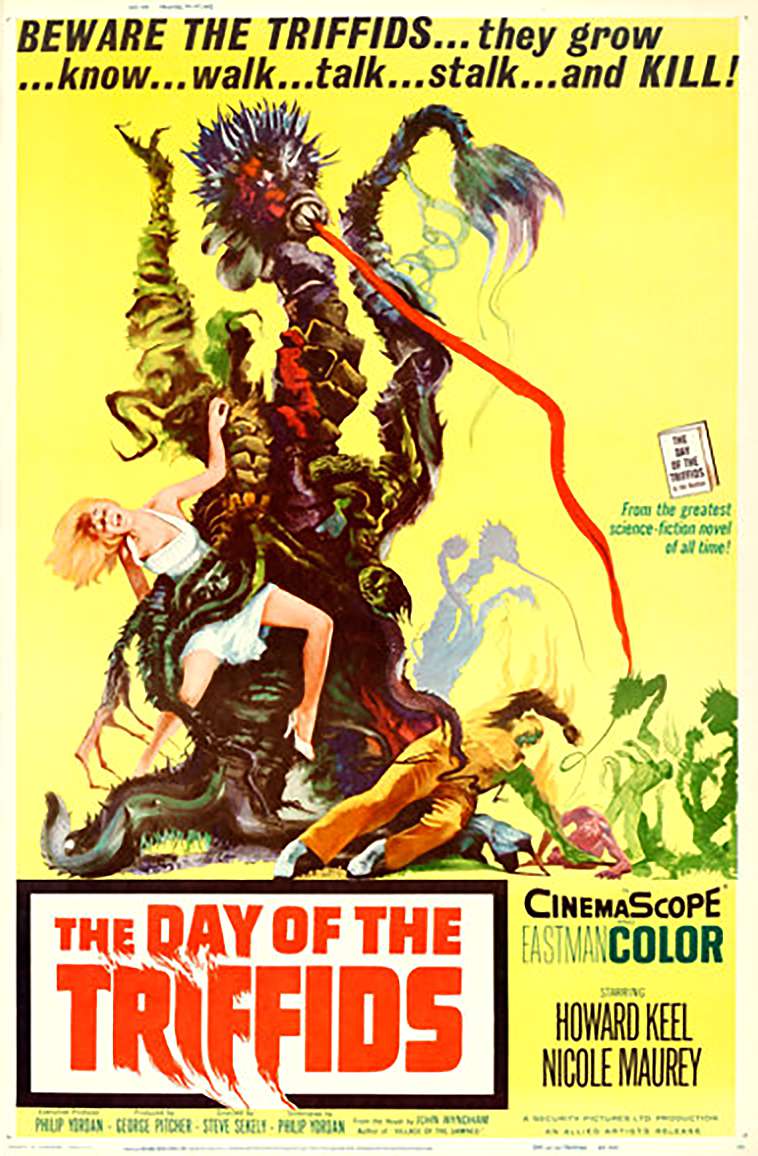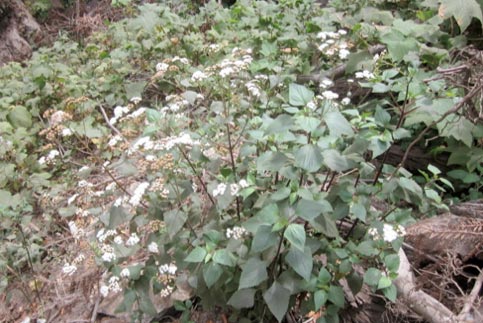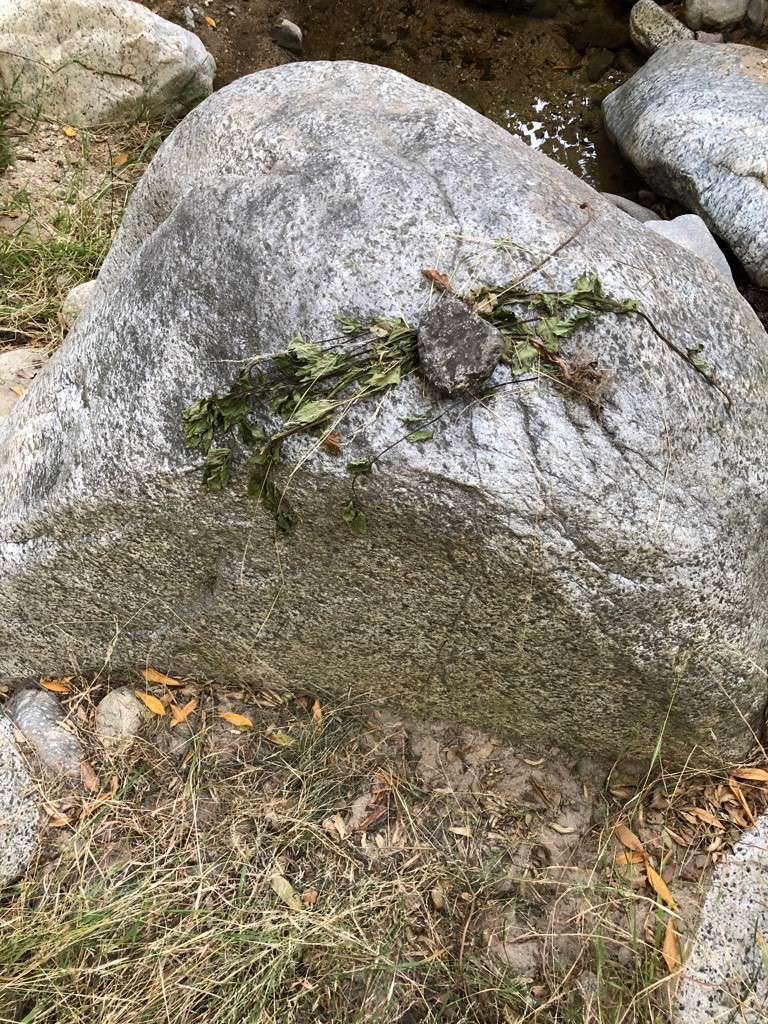Also referred to as Eupatory or Croftonweed, Sticky Snakeroot was originally imported to California from Mexico as an ornamental potted plant. Like many other frivolously imported species, it soon “escaped” the nurseries and flower shops, moving quickly into the wild with disastrous results. You’ll now find it on the California Invasive Plant Council’s list of destructive, non-native species, but Sticky Snakeroot is, in fact, a global scourge, considered a “noxious” invasive in Hawaii, as well as in Australia, New Zealand and parts of Asia.
A moisture-loving plant, you can see it here in Southern California subjecting streambeds to literal strangulation in most of our local canyons, crowding out the native flora. This has a negative impact on native wildlife as well, disrupting, as it does, the food web upon which it depends. Heavy rain and subsequent runoff will occasionally dislodge the shallow-rooted Sticky Snakeroot from canyon bottoms, providing a breather for this embattled microenvironment, but not for long. Just one surviving plant will generate tens of thousands of pernicious, wind and water-bourn seeds.
While Sticky Snakeroot is one of many exotic species targeted for control in the U.S. Forest Service’s exhaustive “Angeles National Forest and San Gabriel Mountains National Monument Plan for Invasive Plants,” if anything at all is currently being done to combat this extremely aggressive plant as it spreads into nearly every riparian habitat in the forest, it’s hard to see that it’s having much of an impact. And while I am generally disinclined to vigilantism, I will admit here that I have attempted to fill the vacuum on occasion, futile as it may seem, by ripping it out with my own bare hands.
“But, why would anyone pick on a poor, innocent little plant like that,” you might be thinking. Aren’t all plants inherently “good”? Well, yes and no.
In 2013, Lisa Novick (the former Director of Outreach and K-12 Education at the Theodore Payne Foundation, a California native plant advocacy group) posted an article on the Huffington Post entitled, “Just Because It’ll Grow in Your Yard Doesn’t Mean You Should Plant It.” I thought it raised an important and rarely debated point about the unintended consequences of the industrialized shipment of virtually the same nursery plants all over the world, even those that are non-invasive. This rampant “globalization” of gardening is erasing, Ms. Novick argued, the memory that there was ever such a thing as a set of geographically distinct, discrete natural environments. Instead, a diverse planet is being overrun by a bland, horticultural homogeneity that has no vital connection to the local fauna. (And, as we’ve seen with Sticky Snakeroot, tossing exotic plants willy-nilly into ecosystems to which they don’t belong can have devastating consequences.)
Novick writes:
“Worldwide, we are committing ecocide through our globalized gardens, due in no small part to the highly successful distribution systems of large companies selling mostly non-native plants. And to remedy this ecocide, here’s what we should do: Apart from the edibles we plant in our gardens to feed ourselves, we should plant primarily what is native to our region.”
Sounds sensible enough, but from reading the comment thread accompanying the article (no longer available online), you’d have thought Ms. Novick had proposed something unspeakable. These readers were outraged – outraged! – at the élite condescension of it all, responding with what were all mostly variations on “You can take my Hydrangeas when you pry them from my cold, dead hands.”
In other words, there are people for whom the very idea that a plant – any plant – could be a destructive force is an entirely alien and unwelcome concept.




